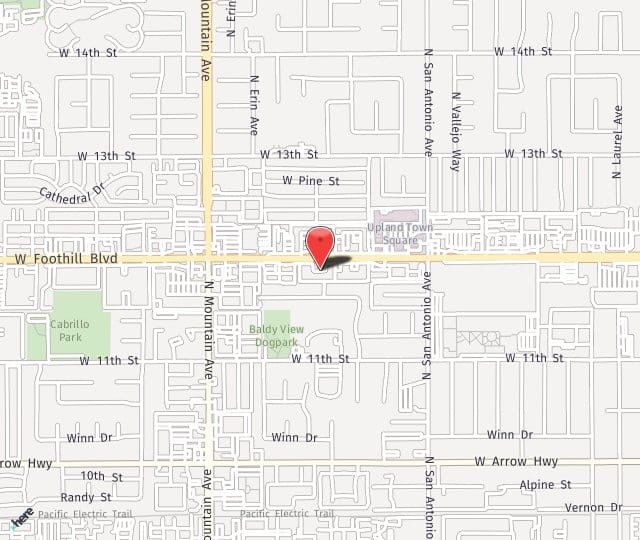Sclerotherapy is a minimally invasive medical procedure used to treat varicose and spider veins, most commonly found on the legs, by collapsing them through the use of a solvent. Sclerotherapy has been used on patients since the 1930s with great success, producing increasingly effective medical, as well as cosmetic, results.
Reasons for Sclerotherapy
Some of the reasons a patient may desire, or a physician may recommend, sclerotherapy may include one or more of the following symptoms:
- Pain, aching or burning sensations in the legs or feet
- Swelling or redness at the site
- Cramping of the legs, especially at night
- Scaly, dry or discolored skin at the site
- Discomfort after sitting or standing for long periods
Individuals troubled by varicose veins may choose, in consultation with their physician, to undergo sclerotherapy either because they find them unattractive or because the diseased veins are causing unpleasant and/or dangerous symptoms.
The Sclerotherapy Procedure
During sclerotherapy, a solution of saline and a sclerosant is injected into the damaged veins. This will cause irritation in the affected veins and produce their eventual collapse. During this procedure, the surgeon is guided through the use of ultrasound to ensure precision. When the weakened veins collapse, they will be reabsorbed into the body and other healthier veins will take their place in the circulatory system.
Sclerotherapy has proven to be a safe procedure and is performed outpatient in the doctor's office. Typically, sclerotherapy is performed in less than an hour, although a varying number of injections may be required, depending on the number of veins involved. Patients do not require an anesthetic and usually report little or no discomfort during the procedure, only a mild burning sensation. In some instances, several sclerotherapy treatments may be necessary.
Risks of Sclerotherapy
Although sclerotherapy is a safe procedure that has been successfully performed for many years, there are certain risks associated with any medical procedure. Certain minimal, temporary side effects are to be expected, including bruising and discoloration. More serious complications are rare, but may include:
Inflammation
Swelling, warmth and discomfort around the injection site may indicate the presence of an infection for which the doctor may prescribe antibiotics.
Blood Clot
A lump of clotted blood may form in a treated vein and require drainage. Rarely, a deeper blood clot may develop, known as a deep vein thrombosis. Since there is danger that such a clot will break off and travel to the chest, resulting in a pulmonary embolism, such a clot requires urgent medical attention. Sudden shortness of breath, chest pain, dizziness or the coughing up of foamy blood are signs of pulmonary embolism and must be addressed immediately.
Air Bubbles
Tiny air bubbles may rise in the bloodstream. These may not result in any symptoms, but if the patient experiences visual disturbances, headache, coughing or nausea, the physician should be contacted.
Nerve Damage
Numbness or odd sensations in the affected limb following sclerotherapy should always be investigated.
While rare, it's possible for a patient to have a severe allergic reaction to the sclerosant used in the treatment.
Recovery from Sclerotherapy
Patients are able to return home shortly after sclerotherapy. Most can return to work and resume normal activities the next day, although exercise and strenuous activities are to be avoided a week or two. Compression bandages usually need to be worn for a week or so after the procedure. While it may take up to a month for the patient to see full results, some improvement is usually visible immediately.
In order to promote vascular health and to preserve the positive effects of the sclerotherapy, it is recommended that patients maintain a healthy weight and make exercise part of their daily routine.

